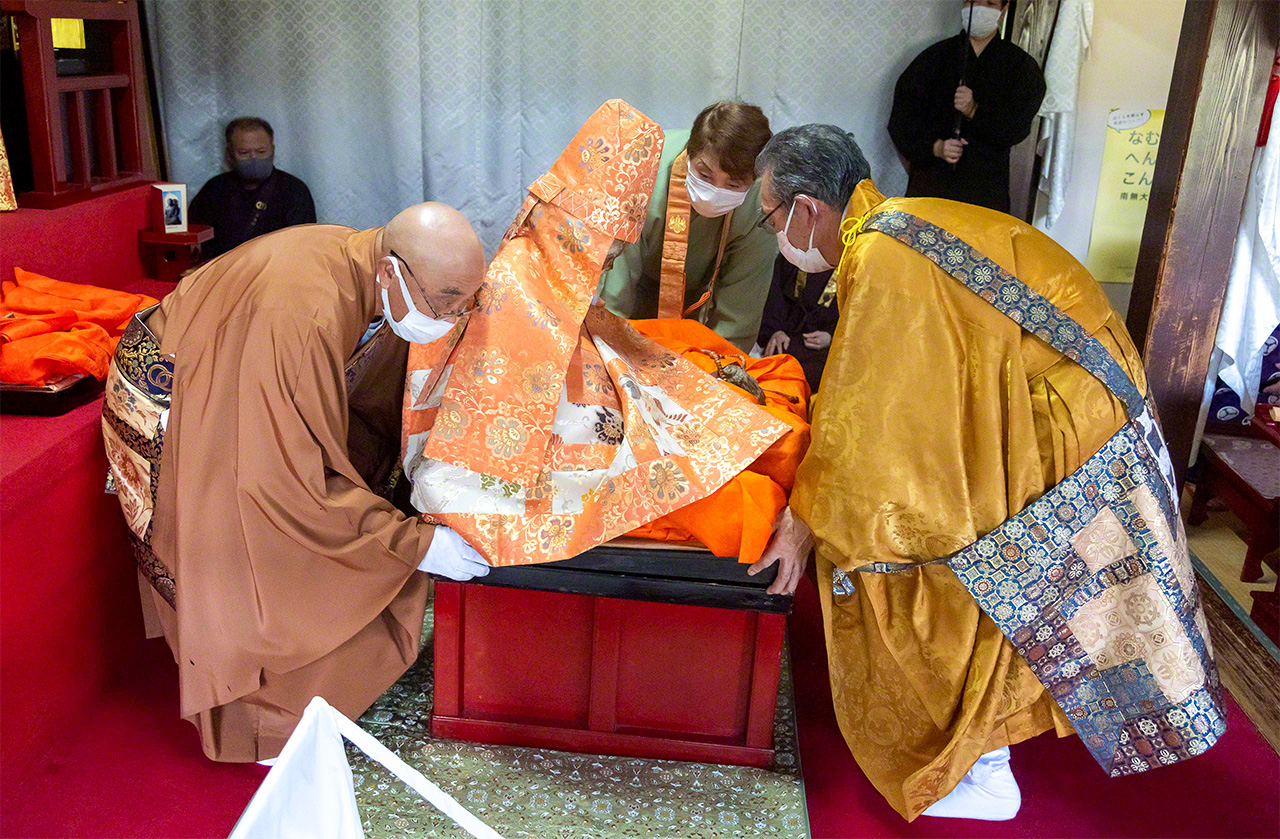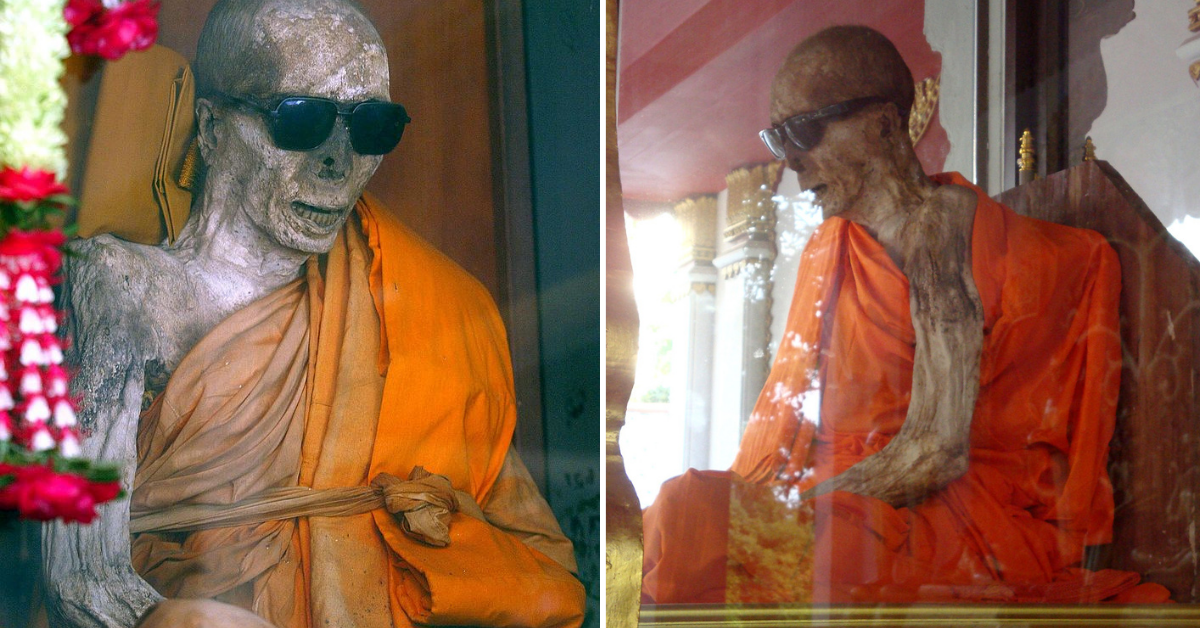The notion of mummification often brings to mind ancient Egypt, but a unique and eerie tradition was practiced by a group of Buddhist monks in Japan. Despite Japan’s humid climate, which is generally unsuitable for mummification, these monks developed a grueling method to mummify themselves while still alive. This practice, spanning over eight centuries, offers a fascinating glimpse into the extreme ascetic practices of the Shingon sect of Buddhism.
The Sacred Practice of Self-Mummification

Between 1081 and 1903, at least 17 monks from the Shingon sect managed to mummify themselves through rigorous ascetic practices. This number could be an underestimation, as some mummies may never have been recovered from their alpine tombs. These monks were inspired by Kūkai, a ninth-century monk who founded the esoteric Shingon school of Buddhism in 806. According to legend, Kūkai entered a state of deep meditation, known as nyūjō, and planned to awaken millions of years later to guide souls to nirvana.
The First Attempts and the Long Journey to Success
The initial attempts at self-mummification were fraught with failure. The first recorded attempt was by a monk named Shōjin in 1081, who buried himself alive in an attempt to enter nyūjō, but his body decayed. It took nearly two centuries of trial and error before monks perfected the process, which involved a meticulous and brutal regimen lasting several years.
The Mokujikigyō Diet: “Tree-Eating Training”

Central to the self-mummification process was the mokujikigyō diet, which spanned a thousand days and consisted of foraged nuts, buds, and roots from trees. This diet not only spiritually prepared the monks but also physically prepared their bodies by eliminating fat, muscle, and moisture, making them less hospitable to bacteria and parasites that cause decomposition.
The Final Stages: Preparing for Eternal Meditation
After completing the diet cycles, monks would further purify their bodies by abstaining from all food and drinking only a small amount of salinized water. Some even drank tea made from the toxic bark of the Japanese lacquer tree to hasten death and further preserve their bodies. When death approached, the monks were entombed alive in a pine box, where they meditated until death. Their disciples would then seal the tomb, only to reopen it a thousand days later to check for signs of decay.
The Legacy of Sokushinbutsu

The last monk to undergo self-mummification was Bukkai, who died in 1903, over three decades after the practice was outlawed during the Meiji Restoration. Despite the criminalization, Bukkai’s remains, discovered in 1961, were remarkably preserved. Today, Japan preserves 16 known sokushinbutsu, with seven located near Mt. Yudono, a pilgrimage site for those wishing to honor these self-mummified monks.
Pilgrimage and Preservation
The most well-preserved and oldest sokushinbutsu, Shinnyokai, is enshrined at Dainichibō. Shinnyokai entered nyūjō in 1783 at the age of 96 and remains in a state of eternal meditation, his skin ashen grey. His robes are changed every six years, and pieces of his old robes are sold as protective amulets. Nearby, at Churenji, resides Tetsumonkai, who entered nyūjō in 1829. His life, which included acts of extreme self-sacrifice, is well-documented and adds to the rich tapestry of sokushinbutsu history.
![Sokushinbutsu - 550 Year Old Self Mummified Buddhist Monk, Sangha Tenzin. In a northern Himalayan region of India, visible in a temple in Gue Village, Spiti, Himachal Pradesh [675 x 900] : r/ArtefactPorn](https://mysterious.vncash24h.com/wp-content/uploads/2024/05/l9jgmqld5yna1.jpg)
Other Notable Sokushinbutsu
Honmyōji temple houses Honmyōkai, the oldest sokushinbutsu in Yamagata, who spent 20 years in ascetic training. Nangakuji and Kaikōji temples also preserve other notable sokushinbutsu, each with their unique stories and legacies. These temples have embraced their roles as custodians of this extraordinary tradition, welcoming visitors and offering a glimpse into this ancient practice.
The practice of self-mummification by the Shingon monks is a testament to their extreme devotion and spiritual discipline. Despite the harsh and often fatal process, these monks sought to transcend death and continue their meditation in what they believed was a state of eternal enlightenment. Today, their preserved remains serve as a powerful reminder of the lengths to which humans will go in pursuit of spiritual fulfillment.
